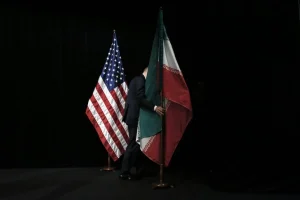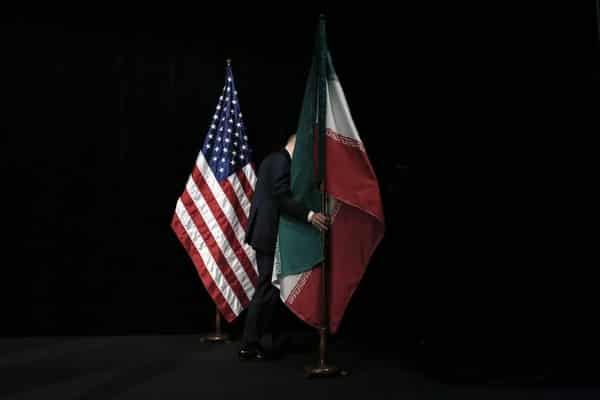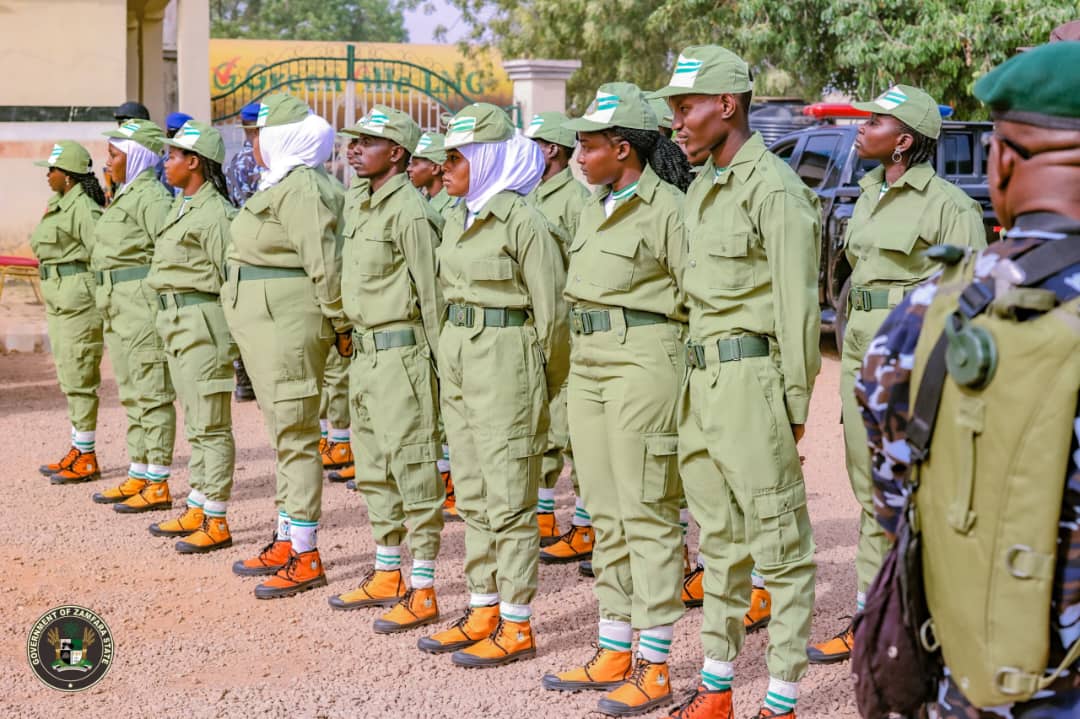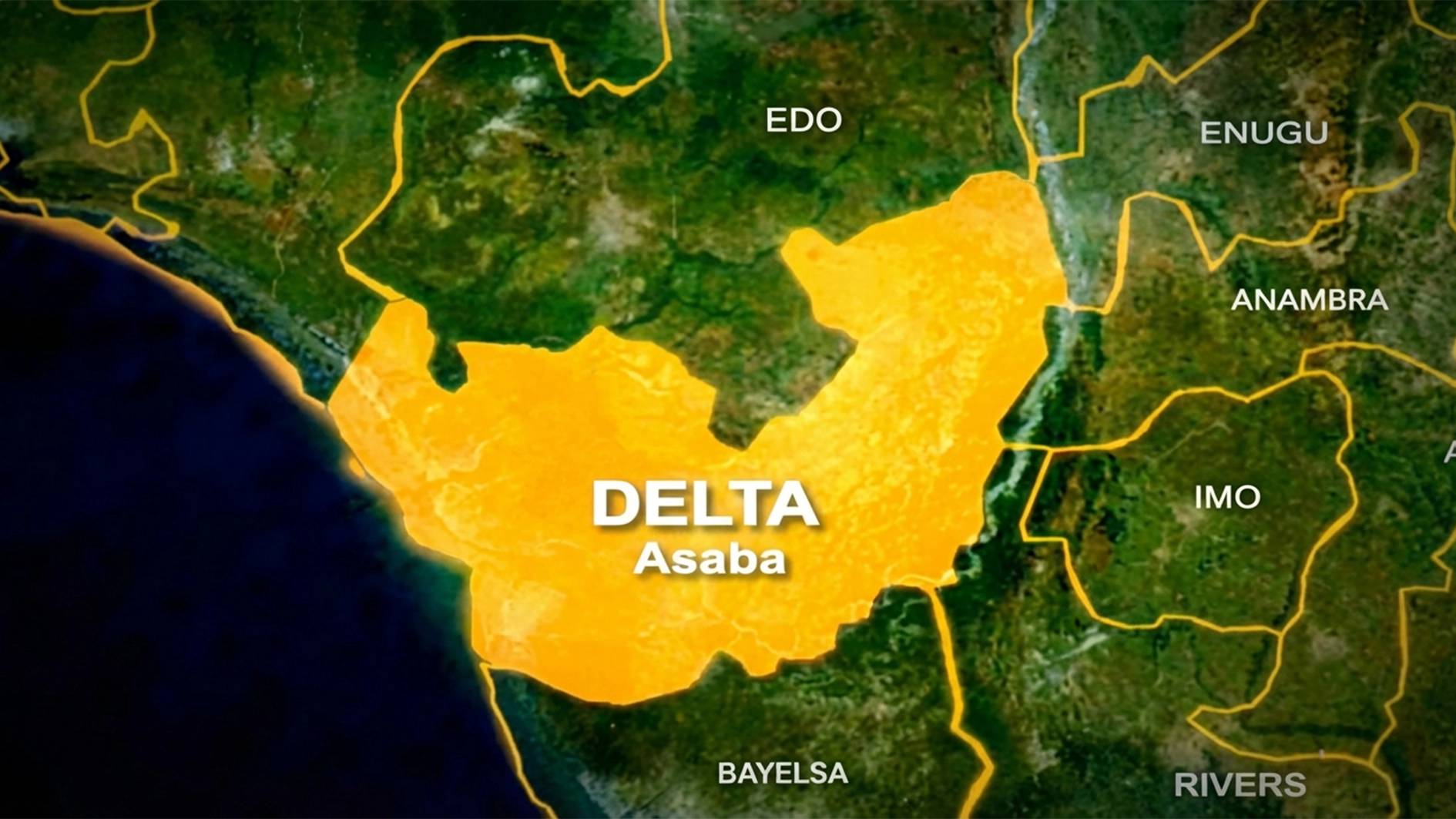
In order to critically assess how we have arrived at a precarious situation where both the United States and Iran are enhancing their military capabilities and preparing for potential conflict, it is necessary to consider various perspectives. It is important to recognize that analyzing this event from different viewpoints is entirely normal.
The perspective one adopts may influence what one observes, and this will undoubtedly shape one’s conclusions and interpretations regarding the U.S.-Iran conflict. Nonetheless, there is one aspect that, regardless of one’s viewpoint, everyone can agree on: the United States made a strategic error by terminating the Joint Comprehensive Plan of Action (JCPOA).
The JCPOA agreement was concluded in Vienna on July 14, 2015. This accord places restrictions on Iran’s nuclear program in exchange for the easing of sanctions and other related terms. The agreement involved not only the US and Iran but also the P5 and various European countries.
It’s important to note that the relationship between the United States and Iran was improving, despite the ongoing competition between Iran and Israel in the West Asia region. However, this relationship changed course due to a significant miscalculation during Trump’s first term, as his administration withdrew from the “Iran nuclear deal” on May 8, 2018. This withdrawal was considered a strategic mistake because it incentivized Iran to increase its uranium enrichment and brought Iran closer to acquiring a nuclear weapon.
Recently, the International Atomic Energy Agency reported that Iran’s stockpile of 60% enriched uranium could be sufficient for the creation of six nuclear bombs if further enriched to 90%.
Iran has deliberately delayed its progress toward acquiring a nuclear weapon for several key reasons. First, due to economic sanctions, Iran sees greater advantages in achieving economic growth rather than obtaining a nuclear weapon, which would bring further sanctions.
Second, to prevent internal unrest, the Iranian leadership is aware that the U.S. and its western allies could pursue strategies aimed at instigating internal crises to achieve regime change. Third, Iran is a signatory to the Nuclear Non-Proliferation Treaty (NPT) since 1970, which is an essential international agreement. The NPT is aimed at stopping the proliferation of nuclear weapons, encouraging the peaceful use of nuclear energy, and advancing nuclear disarmament. Iran feels responsible to uphold its end of the agreement.
Fourth, Iran recognizes that a strong U.S. response could lead to military conflict that might either destroy its nuclear program or lead Iran to become a nuclear state. Finally, Iran has consistently affirmed that their disinterest in developing a nuclear weapon is motivated by religious factors.
Conversely, the combination of threats from the U.S. and Israel, alongside inconsistencies in contemporary U.S. foreign policy, the actions of Western intelligence agencies creating instability and effecting regime changes, and the recent lesson from the fall of the Assad regime in Syria may drive Iran to seek nuclear weapons.
Nonetheless, the global economy has yet to bounce back from the adverse effects of COVID-19. Furthermore, the repercussions of the ongoing international trade conflicts sparked by the United States to safeguard its domestic economy have not yet revealed themselves. Engaging in a war with Iran would likely result in significant inflation worldwide.
The most effective diplomatic approach would be to reestablish the JCPOA, if feasible, with some adjustments, and for both Iran and the U.S. to agree to the terms without pride from either side. This is essential for achieving sustainable global peace and security.

Abiodun Ramon Oseni, a former U.S. Police officer, U.S army veteran, who specializes in international security at Harvard University, and American Military University, wrote via [email protected]






